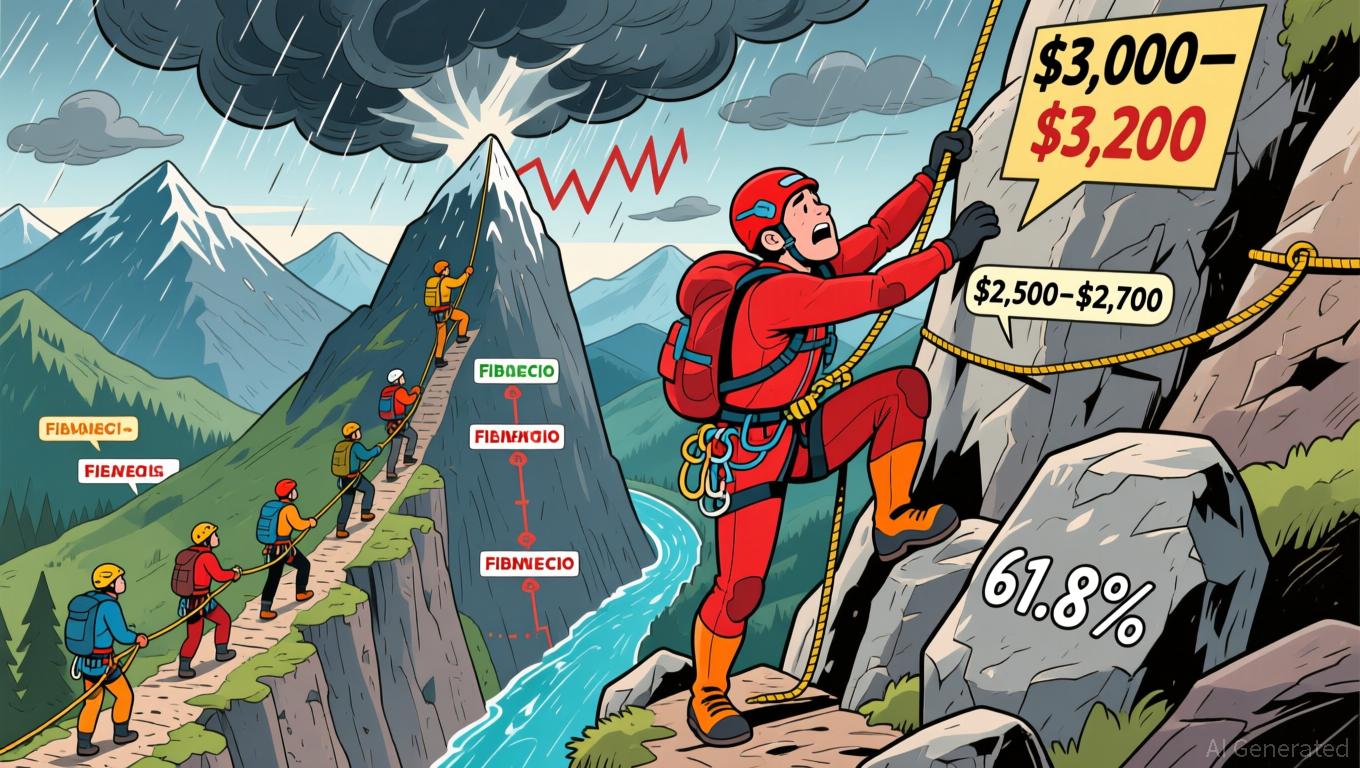Anduril’s self-operating weapon systems face challenges during trials and real-world use, according to the WSJ
Setbacks Plague Anduril Industries' Autonomous Weapons Testing
Recent coverage from the Wall Street Journal reveals that Anduril Industries, a defense technology startup, has encountered significant difficulties while trialing its autonomous weapon platforms. Among the reported incidents are over a dozen drone boats that malfunctioned during a U.S. Navy exercise off the coast of California in May, prompting sailors to raise concerns about safety risks and the possibility of casualties. Additionally, a mechanical malfunction during a summer ground test led to engine damage in Anduril’s unmanned Fury jet fighter, and a test of the Anvil counter-drone system in Oregon last August sparked a fire that scorched 22 acres.
Company Background and Military Contracts
Anduril was established in 2017 by Palmer Luckey and secured $2.5 billion in funding this June, reaching a valuation of $30.5 billion with support from Founders Fund, one of its early backers. The company has landed several defense contracts, including projects focused on autonomous aircraft and anti-drone technologies.
Challenges in Real-World Deployment
According to the Journal, Anduril’s performance in active conflict zones has also been troubled. Ukrainian SBU security service personnel reported that Altius loitering drones supplied by Anduril frequently crashed and failed to strike intended targets. These persistent problems led Ukrainian forces to discontinue use of the drones in 2024, with no deployments since. Despite these setbacks, Anduril asserts that such obstacles are a normal part of weapons development, emphasizing that its engineering team continues to make significant advancements and that these incidents do not reflect fundamental issues with its technology.
Disclaimer: The content of this article solely reflects the author's opinion and does not represent the platform in any capacity. This article is not intended to serve as a reference for making investment decisions.
You may also like
CME Suspension: Global Market Vulnerabilities Revealed by Thermodynamic Constraints
- CME Group halted Globex trading on Nov 28, 2025 due to CyrusOne cooling system failure in Chicago, freezing 90% of global derivatives markets. - The outage caused erratic price swings in gold/silver and disrupted EBS forex platforms, exposing vulnerabilities in third-party data center reliance. - Despite post-holiday timing softening immediate impact, the incident highlighted systemic risks from thermodynamic limits in AI-era infrastructure. - CME faces pressure to build redundant systems as it expands c

Turkmenistan's Approach to Cryptocurrency: Navigating Government Oversight and Public Confidence
- Turkmenistan will implement strict crypto regulations from 2026, requiring miner registration, exchange licensing, and anti-money laundering protocols under President Berdimuhamedov. - The framework mirrors Central Asian neighbors' approaches but prohibits anonymous transactions, national symbols in branding, and hidden mining operations. - While aligning with global crypto oversight trends, the law maintains state control over digital assets, raising questions about market viability amid Turkmenistan's

Ethereum Updates Today: Institutional Optimism Meets Technical Challenges: The Pivotal Moment for Crypto
- Ethereum and XRP face critical technical junctures on Nov 28, 2025, with ETH testing $2,500–$3,200 support and XRP hovering near $2.30 amid mixed signals. - Bitcoin's bearish trend (50-day EMA at $100,937) contrasts with JPMorgan's "tradable macro asset" designation, potentially attracting institutional capital. - Solana's BONK memecoin launches a physically-backed ETP on SIX Swiss Exchange, bridging meme coins and traditional markets amid SOL's $140 support risks. - Market dynamics highlight institution

How a Query from an Office Supplies Specialist Transformed a $12 Billion Trucking Approach
- A non-trucking board member's question prompted Ryder System to shift focus from leasing to targeting 80-85% of companies owning their own trucks. - The strategic pivot aligns with growing demand in long-haul freight driven by e-commerce, trade agreements, and tech innovations like IoT fleet management. - Industry consolidation and sustainability trends, including electric trucks, are reshaping competition as firms expand specialized services like temperature-controlled logistics. - Ryder's experience hi
